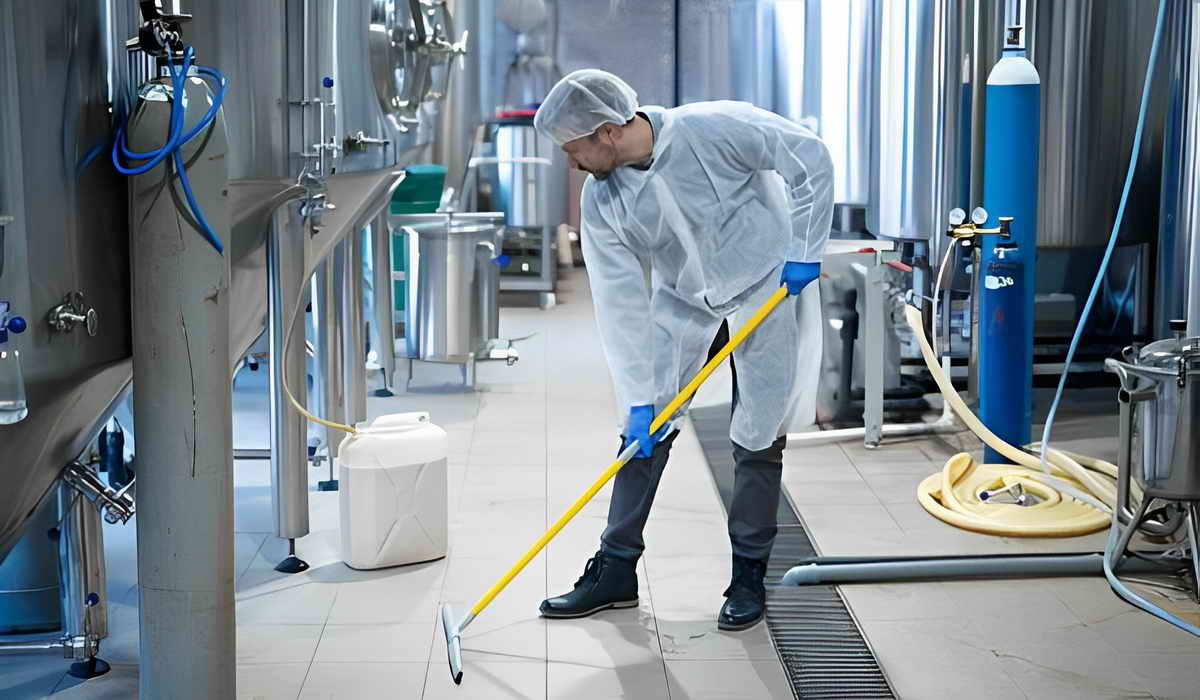
When you’re in the food processing business, especially meat and poultry, it’s important to have a properly slope floors to drain in order to easily wash down and clean the area. This not only helps prevent bacteria buildup and contamination but also ensures compliance with food safety regulations.
While drainage systems may be the least of your concerns as a business owner, they can have serious consequences if not properly maintained. That’s why investing in a properly sloped floor is crucial to the success and safety of your facility.
There are several methods for creating a slope to drain in your floors, including using a screeded concrete pour or installing pre-sloped trench drains. This ultimate guide here will help you determine the best approach for your specific needs and budget.
Importance of Floor Set-Up For Food Processing Plant
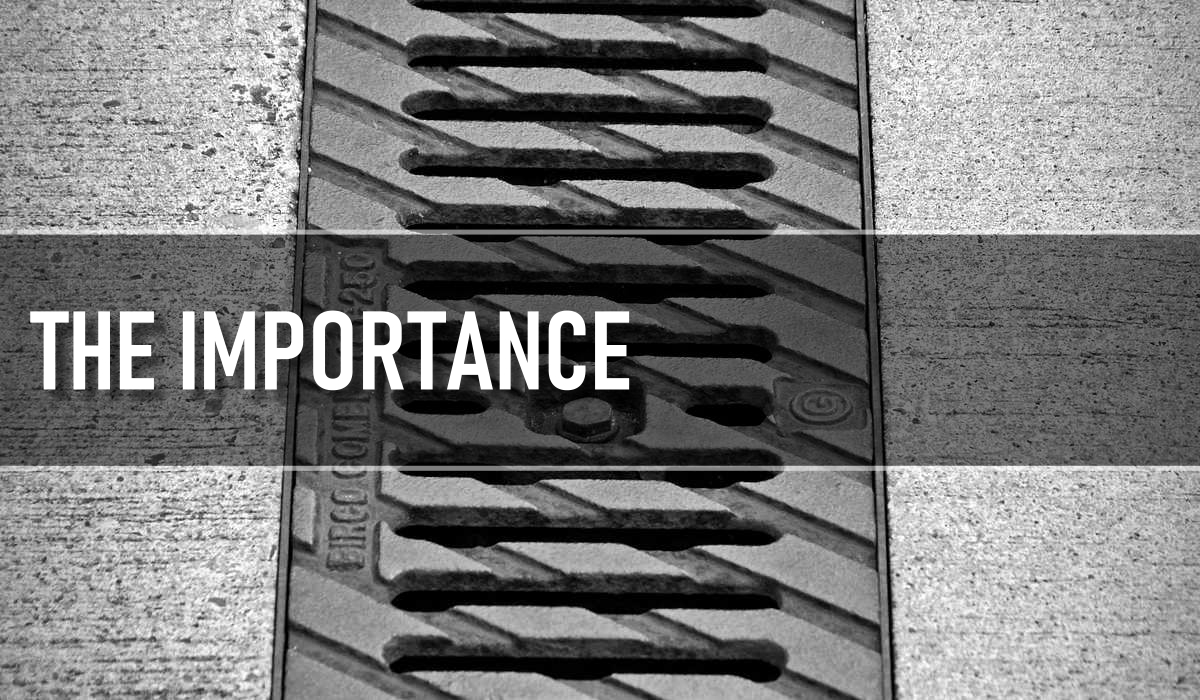
As a food producer, sanitation and cleanliness should be your top priorities. Failure to keep proper hygiene in a food processing plant can basically mean a chance of death for hundreds of individuals if bacteria get into the food being handled in your plant.
Listeria, a bacteria commonly found in meats, has been responsible for numerous recalls and even deaths. It’s important to have proper measures in place to prevent its growth and spread, such as keeping floors clean and free of standing water or other substances that could potentially harbor the bacteria.
You may not think that floors and a drain channel have much to do with food safety, but they actually play a huge role. Below are the top reasons why it’s important to have a proper floor set up in your food processing facility:
Reason #1: Proper Floors Prevent Bacteria Growth and Spread
Certain bacteria have developed chemical resistance to some cleaning products. This means that they can potentially survive and even thrive in cracks and crevices on the floor surface.
It’s important to have a smooth, seamless floor that is easy to clean and disinfect to prevent harmful bacteria from spreading throughout the facility.
Reason #2: Proper Floors Help with Equipment Maintenance
You may think that floors have nothing to do with your equipment, but think again. Floors that are cracked or uneven can lead to machinery becoming damaged and potentially causing injuries to workers.
Proper floor setup helps prevent slips as well as these mentioned issues. It even ensures the smooth operation of equipment.
Reason #3: Proper Floors Allow For Easy Cleaning of Food Plants
Floor drains, coving, and seamless floors make it easy for workers to clean and disinfect the facility. This helps prevent cross-contamination between areas and guarantees that all surfaces are properly sanitized.
Things You Will Want to Consider
When Selecting Drains in a Food Processing Facility
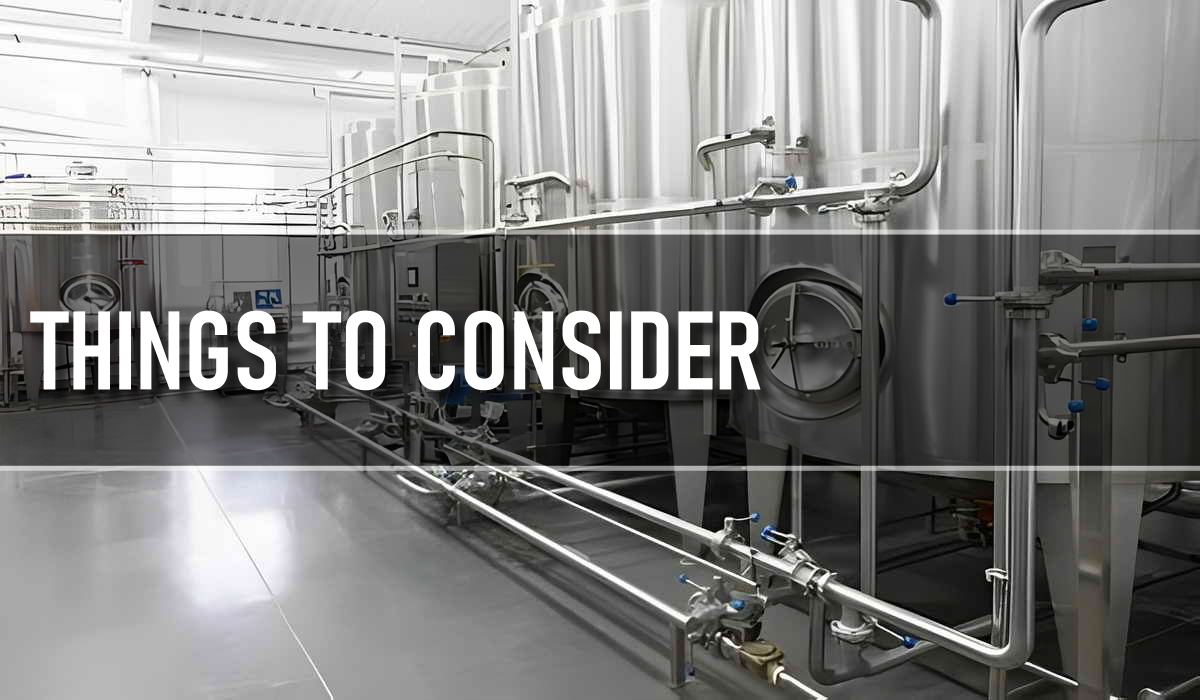
Drains are also an important aspect of floor setup. They allow for water and other liquids to be properly disposed of, preventing standing water and potential bacteria growth.
However, there are a few things you will want to consider when selecting a drain for your facility:
Code, Regulation, and Guidelines for Sanitation
This is an important consideration when designing a drainage system. To be able to operate every day, your facility must comply with all state and local regulations. Some codes may require a certain type of drain or slope in the floor.
Look into what your specific codes and guidelines are before selecting drains for your facility. A food processing drainage system that complies with regulations can also help during audits and inspections.
SQF or better known as Safe Quality Food is a program that certifies food processors and manufacturers in meeting food safety guidelines and requirements.
SQF standards have specific requirements for proper drainage, including the use of pre-sloped trench drain to prevent debris and bacteria from clogging drains.
Drainage System Size and Location
Before purchasing a drain system for your facility, you will want to consider its size and location of them as well. Drains should be placed in areas where liquids are likely to gather, such as near sinks or equipment wash-down areas.
Since food processing plants require floors and drain to be cleaned every day, having drains in the proper locations can make cleaning easier and more efficient.
Withstand Chemical Waste and High Temperatures
Normal working conditions in a food production plant can involve the use of harsh chemicals and high temperatures for sanitation. It’s important to select drains that can withstand these extreme temperatures and chemicals to prevent damage and potential safety hazards.
Drain and sewage system failures due to damages from harsh conditions can lead to costly repairs and even shutdowns.
Proper Drainage for a Secure Food Processing Factory
The right drainage system must function properly, but it must also be safe for both your employees and visitors. You may have installed the best drain in the world in your food processing facility, but if the drain covers aren’t properly sealed or the floor slope is not correctly leveled, you could be increasing the potential risk of slips and falls.
Choosing the right drain for your facility and properly maintaining it can help ensure a safe, secure environment for all.
What Types of Drains Should Be Used in a Food Processing Plant?
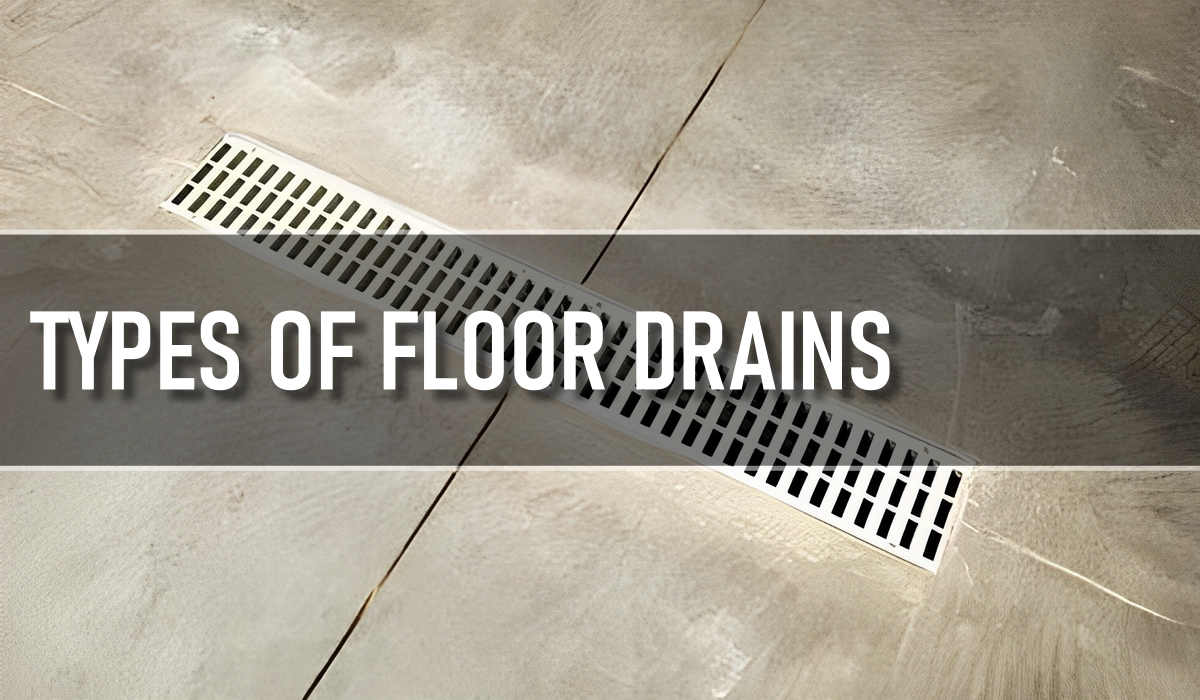
Now that you know the things to consider when selecting drains for a food processing factory, you may be wondering what type of drains are actually used. Here are the most common types of drains used in food and beverage facilities:
Point Drains
One of the most cost-effective and common types of drains used in food processing facilities, point drains are small and can handle high flow rates. These drains have a grate on top that allows liquids to pass through but prevents solids from entering and clogging the drain. Catch basins or sumps may also be used in conjunction with a point drain to collect liquids and debris.
Trench Drains with Slotted Grates
Many food processing drainage systems rely on this kind of drain. You will install the trenches to any depth necessary to handle the amount of runoff that your enterprise undergoes in a day. To manage high quantities of liquids, you can dig these trenches at greater depths as needed.
The difference between trench drains with slotted grates and point drains is that trench drains are designed for larger areas, such as the floors of production rooms or walkways.
The slotted grates covering can handle both liquids and solids, making them a good choice for cleaning and sanitation purposes in food processing facilities.
Slot Drains
Several benefits make slot drains a popular choice in food processing facilities. A slot drain has an open channel design, allowing for a larger surface area and higher flow rates. They have low profiles, eliminating the chance of tripping hazards and making them easy to clean.
Slot drains tend to be more durable because they are created out of a single solid piece of material rather than several moving pieces that must be kept in place during daily activities.
Being SQF certified is important in the food industry, and slot drains can add to your facility’s sanitation efforts by eliminating any crevices or trapped debris.
Tips When Cleaning Drainage Systems
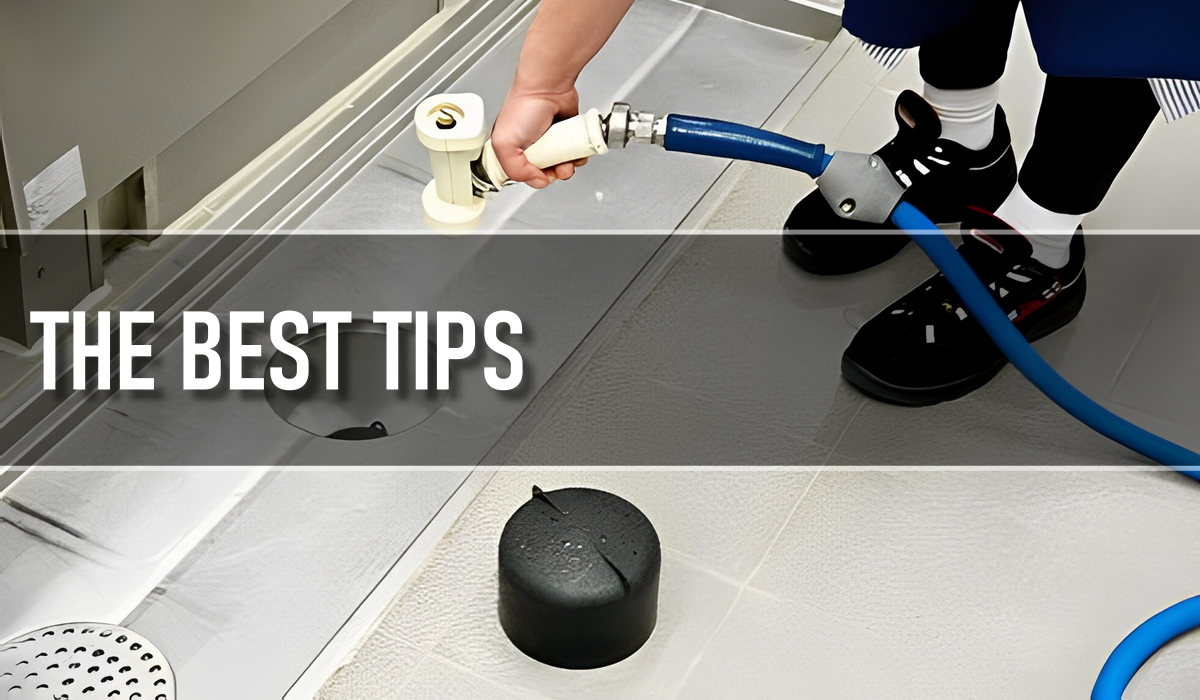
Your cleaning process should also include regular maintenance of your drains and drain systems to prevent clogs, odors, and potential hazards. Here are some tips for properly cleaning and maintaining your drains:
- Each day, ensure that drain covers, slot covers, and strainers can be removed, sanitized, and cleaned.
- Make sure that any debris can be easily removed from trench drains.
- Check for any bends in your drains that could potentially collect standing water or debris, leading to contamination and bacterial growth.
- Make certain that no standing water accumulates near drains or drain covers.
- Consider whether water will flow smoothly into the drains or whether it will have to be pushed toward the drains manually. Doing so will help you create a plan that ensures all areas of the facility are properly drained.
- Regularly inspect your drains and drain covers for any cracks or damage that could lead to leaks or contamination.
Working with our trusted and experienced contractors can also help ensure that your drainage system is properly designed, installed, and maintained.
Choosing the right drain and maintaining it properly can greatly contribute to the safety and efficiency of your food processing facility.
In Conclusion
Indeed, running a food processing plant is no easy feat. Many factors must be taken into consideration, including the selection of proper drains for your facility’s needs.
Keep in mind the importance of location, chemical and temperature resistance, and safety when choosing drains for your food processing factory to ensure a secure and efficient operation.
A catch basin or sump may also be necessary to prevent clogs and collect debris from entering the drain system. And don’t forget about proper maintenance, as it is crucial to preserving the functionality and safety of your drains.
With the right selection and cleaning agents, your facility will have a reliable drainage system that supports a successful operation.
Remember to regularly clean and maintain your drains and ensure before construction that proper floor slope and drain cover sealing is in place to prevent slip and fall accidents.
By taking these steps, you can have peace of mind knowing your food processing facility is running smoothly and safely.


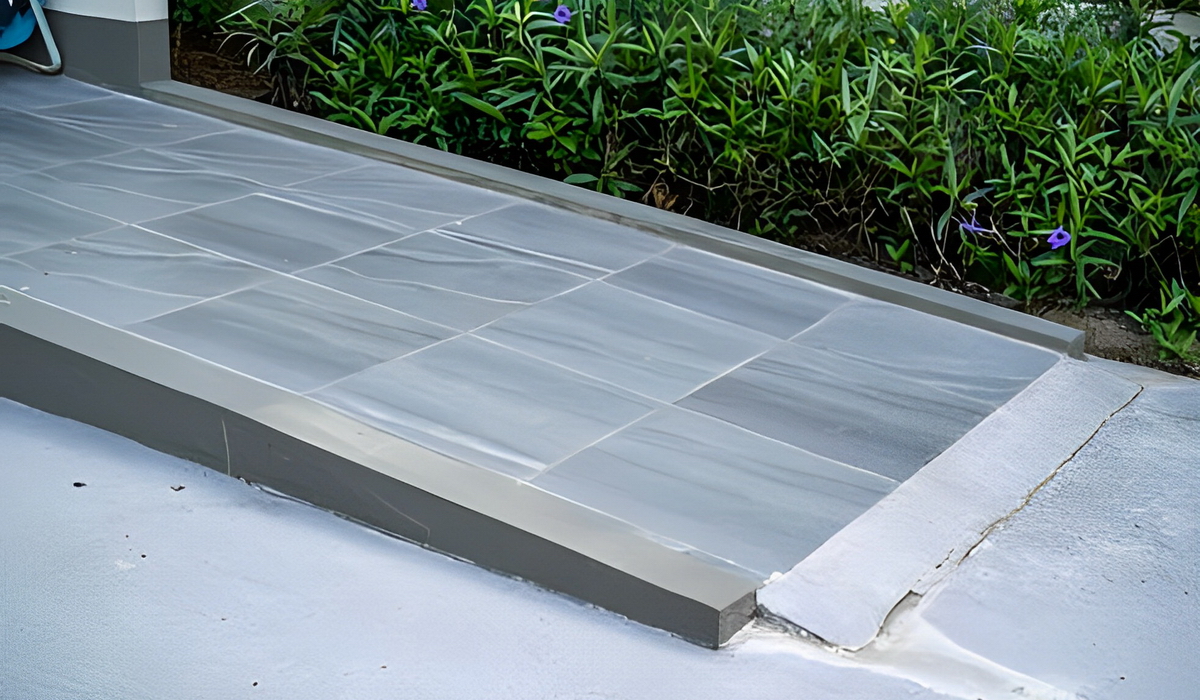
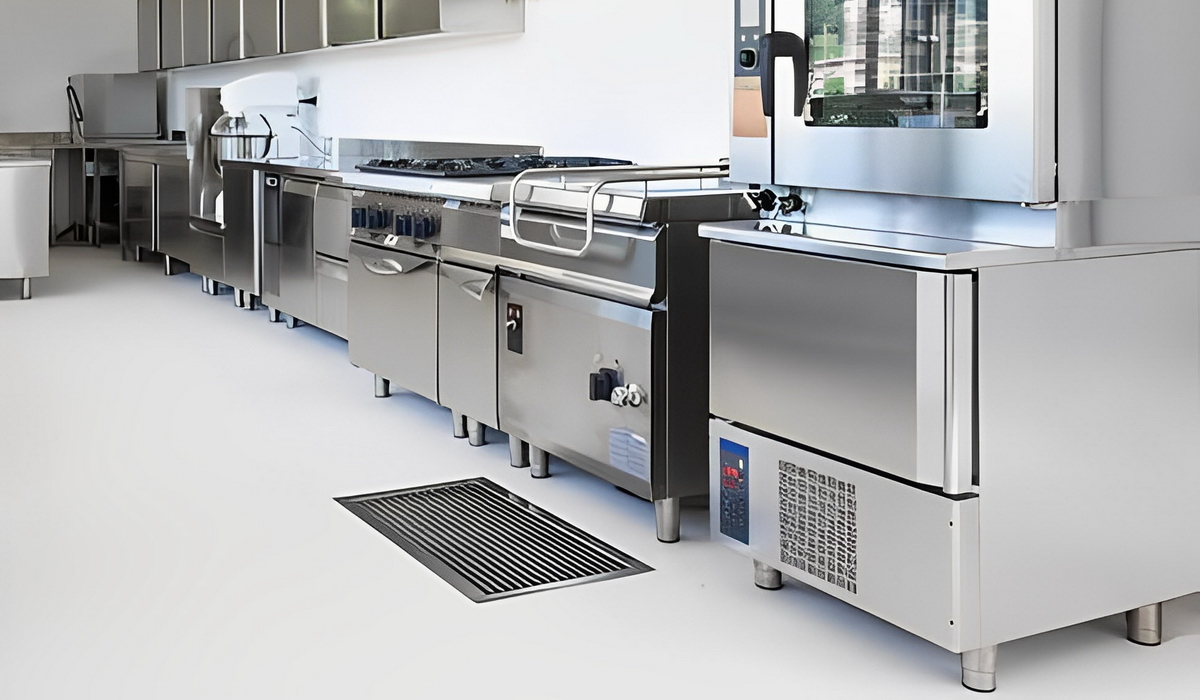
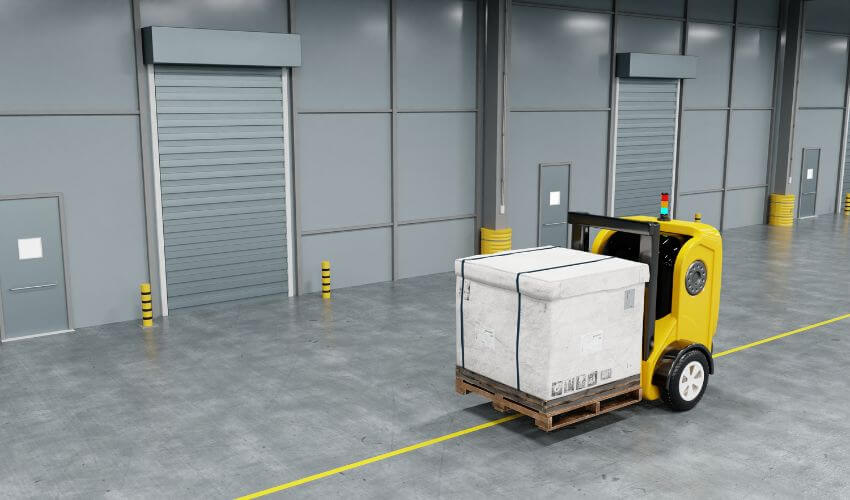
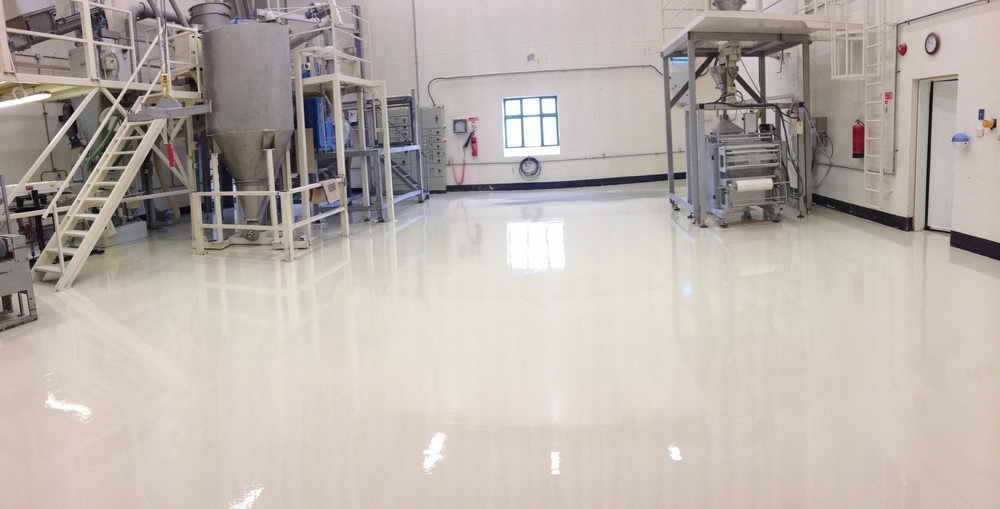
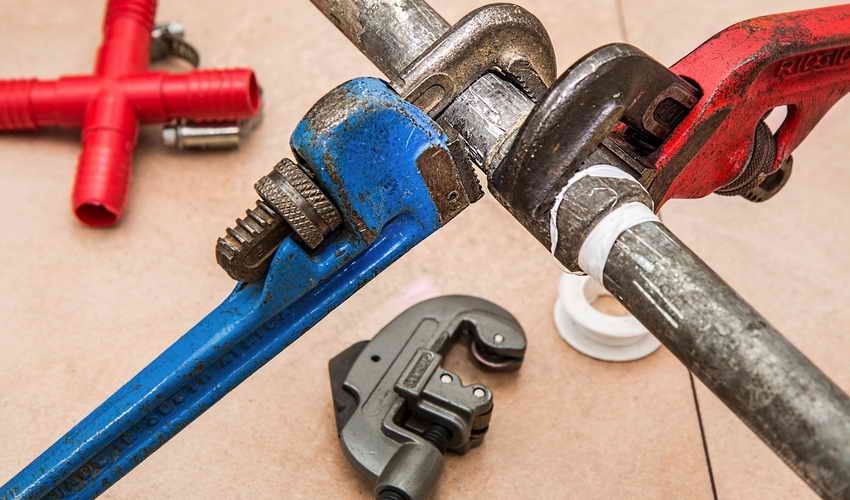
Leave A Comment